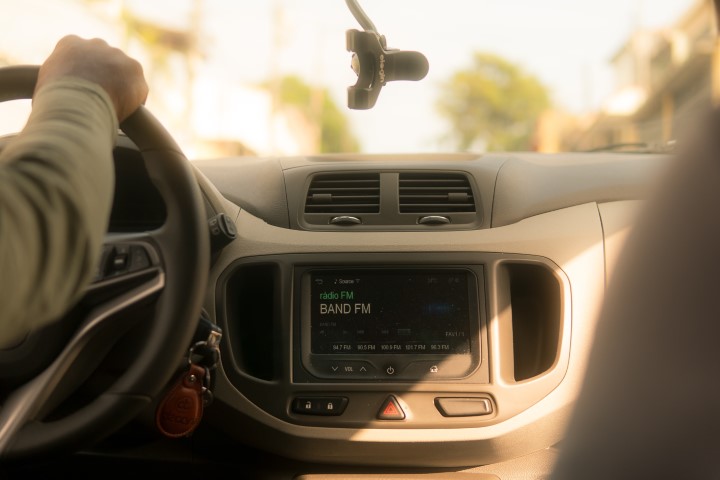 The leading ridesharing firm, Uber, is used by over 100 million people each month. Its popularity is well known by now, alongside the common use of other ridesharing companies like Lyft and Bolt across the globe. In fact, the ridesharing industry is worth $61 billion dollars and set to be worth a stunning $220 billion by 2025. However, these companies have also come under fire recently for their safety failings. As reliance on technology grows, they are also facing increased competition. As a result, it has forced Uber and its counterparts to roll out new innovative features like the option of booking disability-friendly taxis and the introduction of self-driving options, as they look to secure their future. Continue reading for the Future Of Uber.
The leading ridesharing firm, Uber, is used by over 100 million people each month. Its popularity is well known by now, alongside the common use of other ridesharing companies like Lyft and Bolt across the globe. In fact, the ridesharing industry is worth $61 billion dollars and set to be worth a stunning $220 billion by 2025. However, these companies have also come under fire recently for their safety failings. As reliance on technology grows, they are also facing increased competition. As a result, it has forced Uber and its counterparts to roll out new innovative features like the option of booking disability-friendly taxis and the introduction of self-driving options, as they look to secure their future. Continue reading for the Future Of Uber.
The Work From Home Shift Will Present Significant Roadblocks To The Ridesharing Model
The past year has seen a significant shift in consumer patterns as countries across the globe implemented national lockdowns and shifted to remote working models. As experts predict that work from home is here to stay for the future, this may spell trouble for the future of Uber and other ridesharing companies when it comes to their corporate revenue streams. In fact, Uber itself has committed to allowing its employees to work from home half of the time. With reduced travel needs and increased use of remote working tools, the ridesharing market is estimated to lose a significant percentage of the market. These predictions have forced Uber to make drastic cuts across the board- mostly recently announcing plans to slash 3,000 jobs.
Uber Moves To Tackle Safety Concerns With RideCheck
One of the issues that have been at the forefront for Uber has been safety concerns and accident complaints. Safety issues have been plaguing Uber and other ridesharing companies since their early days. For instance, in 2020 Uber logged 28000 safety complaints in London alone. While many past cases have resulted in an Uber settlement, the company is hoping to reduce the instances of Uber accidents. One way they are working to do so is by introducing new safety features like RideCheck, which relies on GPS to sense route deviations or abnormalities like longer than normal stops. The alert is set to both driver and passenger and allows Uber to provide assistance (including medical) if needed.
Uber And Other Ridesharing Apps Will Need To Amp Up Its Pollution Reduction Commitment
The conversation around pollution reduction and carbon footprint has only intensified in the last year. Consumers and businesses alike are moving to reduce their carbon footprint. As a heavily consumer-focused business model, Uber and other ridesharing businesses will face increased scrutiny for their plans to protect the environment.
Since its launch, Uber has promoted its benefits for the environment including reducing pollution by allowing carpooling, reducing congestion and parking, and slashing the number of cars on the road. While a study has shown that the use of Uber does reduce the emissions of pollutants from starting up a cold vehicle, that advantage is removed by emissions from headhunting. For 2019, dead hunting accounted for 40 percent of ridesharing miles across 6 cities.
Is the future or Uber and other ridesharing here to stay? The answer will depend on their ability and willingness to innovate and meet the rising challenges before them- and adapt to the future changes.










